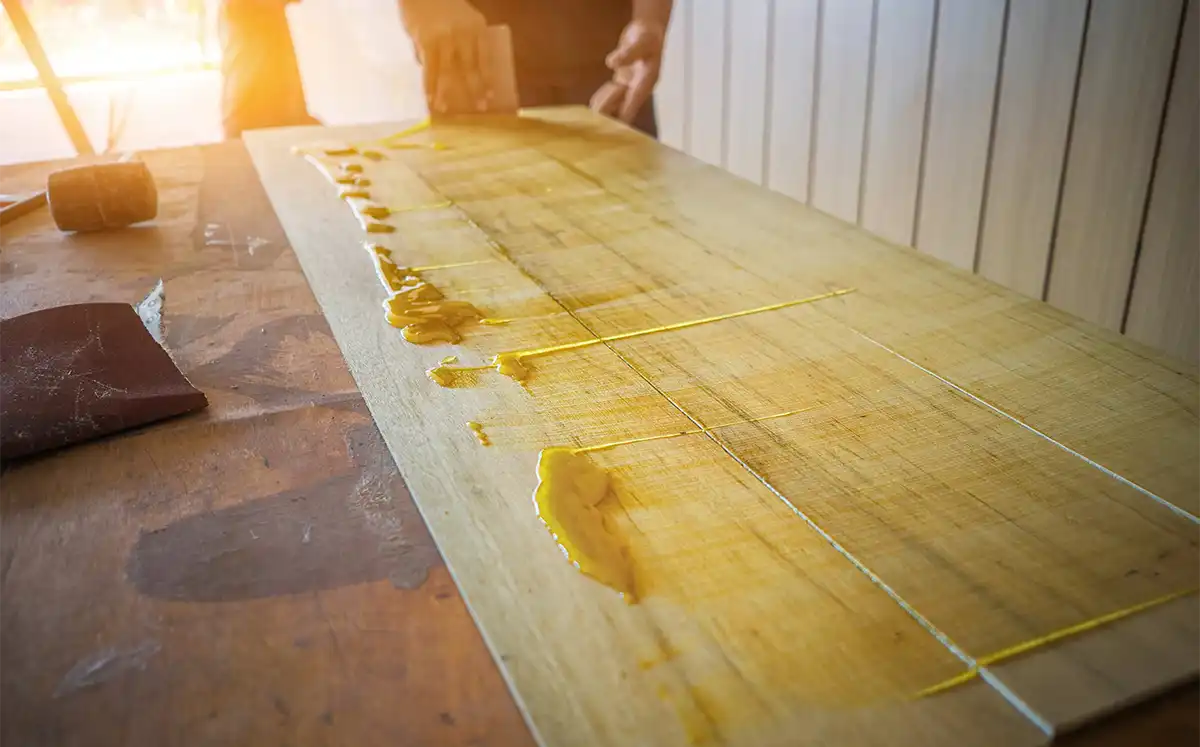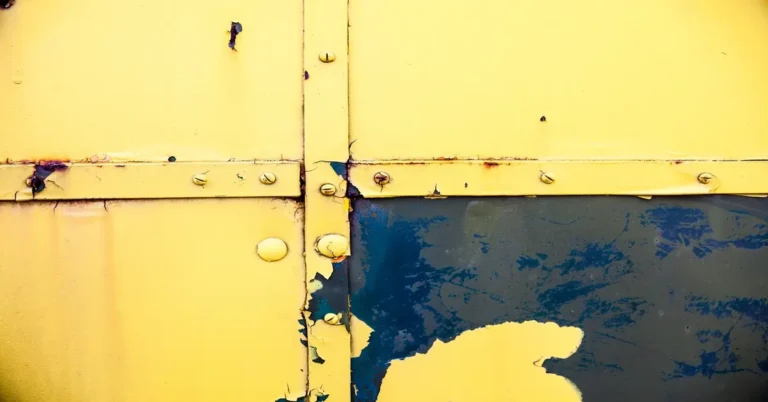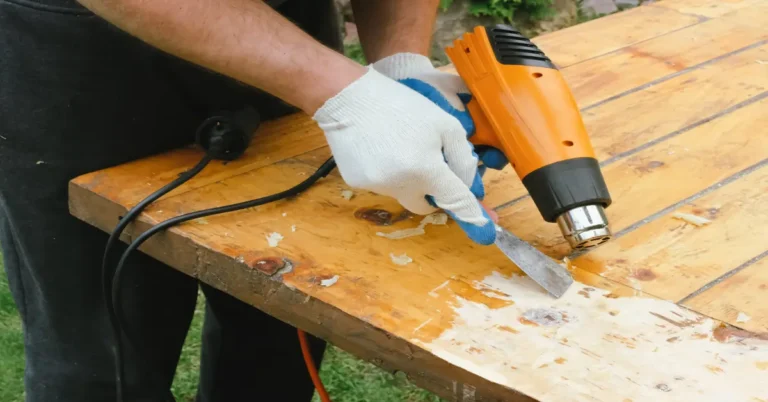Adhesives are an integral part in construction projects due to their function and abilities in binding materials together, and in turn ensuring that the outcome is sturdy and stable. There are many types of adhesives that can be used in construction. These adhesives are usually made with different substances to ensure that these will work on certain surfaces and in various environments.
Rubber-based adhesives or rubber adhesives have been utilized by industry experts for many years now when it comes to construction projects and other purposes.
Check out this quick guide to learn more about these products and how these can positively affect the outcome of your project.
What Are Rubber Adhesives?
As their name suggests, rubber adhesives help join or bond together two materials. In some instances, rubber adhesives may also be used to seal some surfaces. These can be used in the packaging, medical, electronics, transportation, furniture, woodworking, and medical sectors.
Once the rubber adhesives are applied onto surfaces, these are left to dry. The solvents in the adhesives evaporate, allowing the rubber to solidify and create a tough yet flexible bond between the two materials.
What Are Rubber Adhesives Made Of?
Rubber adhesives you may find in hardware stores can be made of latex or elastic polymers that are combined with solvents (such as toluene, acetone, heptane, and hexane) to ensure the resulting mixture is fluid enough. These adhesives can be made of two kinds of rubber that can cater to a variety of uses, namely:
- Natural rubber: According to industry experts, using adhesives with natural rubber can be beneficial because the substance’s long polymer chains allow it to become flexible and elastic when heated. This is why natural rubber adhesives are recommended in bonding porous materials like paper, fabric, and leather, and items such as gaskets, carpet backing, and seals.
- Synthetic rubber: This type of rubber is manufactured in chemical plants, factories, and laboratories using petrochemical ingredients. Synthetic rubber-based adhesives tend to be more durable and versatile.
Once these types of rubber are manufactured and combined with other chemicals and substances, these can be produced into rubber adhesives for different materials and surfaces. Some of the known types of rubber adhesives you may find while researching or even shopping include:
- Silicone-based adhesives: Considered the most versatile, silicone-based rubber adhesives are able to withstand moisture and chemical reactions and high temperatures. These can be used on almost all types of rubber. However, silicone-based rubber adhesives tend to set more slowly and can be messy when applied.
- Cyanoacrylate adhesive: You are probably familiar with this item since it is referred to as “super glue.” This adhesive is an acrylic resin made with cyanoacrylate or acrylic monomer and is used for many types of rubber bonding. Cyanoacrylate adhesive can dry in as fast as 5 to 60 seconds, and once cured, the substance can turn into plastic. If you are using materials made of natural or EPDM rubber though, this type of adhesive may not work since it may not stick well onto these materials.
- Two-part structural adhesives: This adhesive may be more useful if you are working with polyethylene or polypropylene rubber. Two-part structural adhesives dry slower compared to super glue, so this adhesive can be good for projects that would require flexibility, accurate spreading, and alignment.
What Is the Best Rubber Adhesive to Use?
The answer to this question will actually depend on your project’s requirements. However, do remember that its final or overall strength can depend on certain factors. Take note of these:
- Adhesion: Strength of attachment of the adhesive to the surface of the material
- Cohesion: Internal strength of the adhesive involved
Planning to use rubber in your project to do rubber bonding? Heads up — since there are many types of rubber that can be used for projects, they tend to react to adhesives differently. So what is the best adhesive for rubber bonding? Make sure to determine the type of rubber you will be working with:
- Silicone rubber: Often used for cookware, prosthetics, and medical devices, silicone rubber tends to be very heat-resistant.
- EPDM rubber: Short for ethylene propylene diene monomer, this type of synthetic rubber is said to be durable and flexible. EPDM rubber is often utilized in seals, roof coatings, and hoses.
- Polyurethane rubber: This type of rubber is known for its toughness, durability, and resistance to abrasions. It is often used for molds and modeling purposes.
- Butyl rubber: It is recommended for its low moisture and gas permeability as well as shock absorption abilities. Butyl rubber can be used in linings, seals, and stoppers.
If you are on the hunt for a rubber adhesive that can serve multiple purposes, give Island Paints Apollo Rubber Cement (Toluene Free) a go! This synthetic rubber-based adhesive has a pale to yellow-redish color and can be used to join wood with leather, leather with fabric, rubber, and other materials.
Island Paints Apollo Rubber Cement (Toluene Free) can also be used to strongly bond wooden furniture, doors, cabinets, fixtures, and wrought iron furniture.
This product can also be used in household repairs, and for fixing wood, rubber, and leather products. In some instances, this rubber adhesive may even be helpful for do-it-yourself (DIY) projects, school projects, or even arts and crafts.
How to Use a Rubber Adhesive Properly and Safely
Make safety a priority if you have to handle and apply any type of rubber adhesive. Wear protective clothing, gloves, goggles, face masks, or similar gear. See to it that the workplace has good ventilation or exhaust capabilities too. Most importantly, handle the product with care.
Once you’re ready, here are the steps you should follow and remember if you want to use a rubber-based adhesive like Island Paints Apollo Rubber Cement (Toluene Free):
- Thoroughly clean the surface that will need to be joined or bound together.
- Apply two coats of Apollo Rubber Cement (Toulene Free) on both surfaces.
- Let the surfaces dry for 15 to 20 minutes before joining the pieces together.
You can also apply a third coat of the rubber adhesive if the materials to be used are porous. Let the surfaces dry for 15 to 20 minutes as well before joining the materials together.
Once you are done using the rubber adhesive, tightly close the container. Store the product in an area far away from children, in temperatures that will not go above 35 ⁰C. Avoid keeping the adhesive near sources of fire and refrain from smoking near it as the substance is flammable.
Refrain from disposing the rubber adhesive together with household garbage and into drains or the sewage system. Read government regulations on how to properly dispose of this substance and try to head to a hazardous or special waste collection point to drop it off.
Seek medical attention immediately if an accident occurs or you or someone you know feels unwell after using a rubber adhesive. Be warned that a rubber adhesive can be harmful if it is inhaled or swallowed and enters the airways of the lungs. This substance may also cause skin irritation in certain individuals.
More importantly, if you are a bit concerned and still need help when it comes to using and applying rubber adhesives, talk to an industry professional. They can help you know more about the rubber adhesives that are best suited for your project’s requirements.
For more information about rubber adhesives and other chemical solutions that you can use for your projects, visit the Island Chemicals website today! Feel free to browse through articles that can help you gain more information about using these chemical products safely to your advantage.
References:
https://www.builderspace.com/types-of-adhesives-used-in-construction
https://www.chemicalindustryjournal.co.uk/rubber-based-adhesives-natural-or-synthetic
http://www.industrialrubbergoods.com/rubber-adhesives-sealants.html
https://todayshomeowner.com/general/reviews/best-adhesive-for-rubber-bonding/





